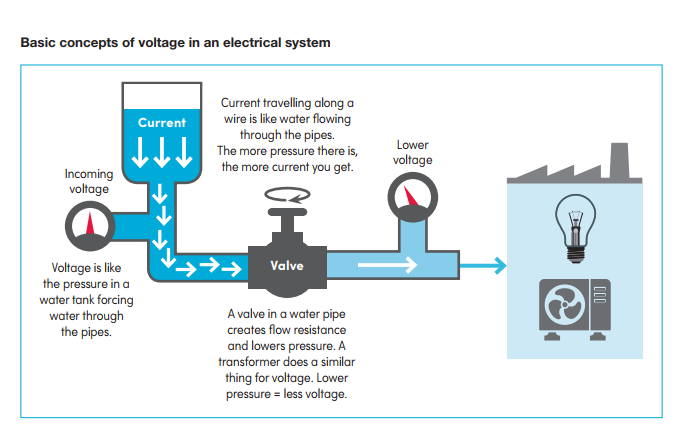
Note: In physics there are many formulas, and each one of them can be derived if you just remember only one form of it. Power consumed in one hour is called 1KWh or 1 unit. In actual practice we use larger units called ‘kilowatt’. Thus we can say, the rate of doing work is called Power. The work per unit charge done by the electric field along an infinitesmal path length ds is given by the scalar product. One Watt is the Power consumed by a device that carries one Ampere of current when operated at potential difference of one volt. The change in voltage is defined as the work done per unit charge, so it can be in general calculated from the electric field by calculating the work done against the electric field. The first, and perhaps most important, relationship between current, voltage, and resistance is called Ohm’s Law, discovered by Georg Simon Ohm and published in his 1827 paper, The Galvanic Circuit Investigated Mathematically. SI unit of Power is Watt (W) named after Physicist James Watt. This would be typical of a simple resistive load. This is known as work done by electron or simply electric work.Īnd work done for a particular time or per unit time is called Power (P). Since power is voltage times current (P VI), power is highest when the voltage and current are lined up together so that the peaks and zero points on the voltage and current waveforms occur at the same time.


When we switch on the key, electrons start to move throughout the circuit, where does this energy come from? It is the battery which gives the energy to run the electron from negative potential or lower potential to positive potential or high potential. Suppose we take a closed circuit, with a battery. Which is monitored by an electric meter, which tells this whole activity as power consumed a day.

Hint: In our house, why are we paying for electricity? We are paying for the work done by the electrons per unit time (or day) to transfer the electricity through our house.


 0 kommentar(er)
0 kommentar(er)
